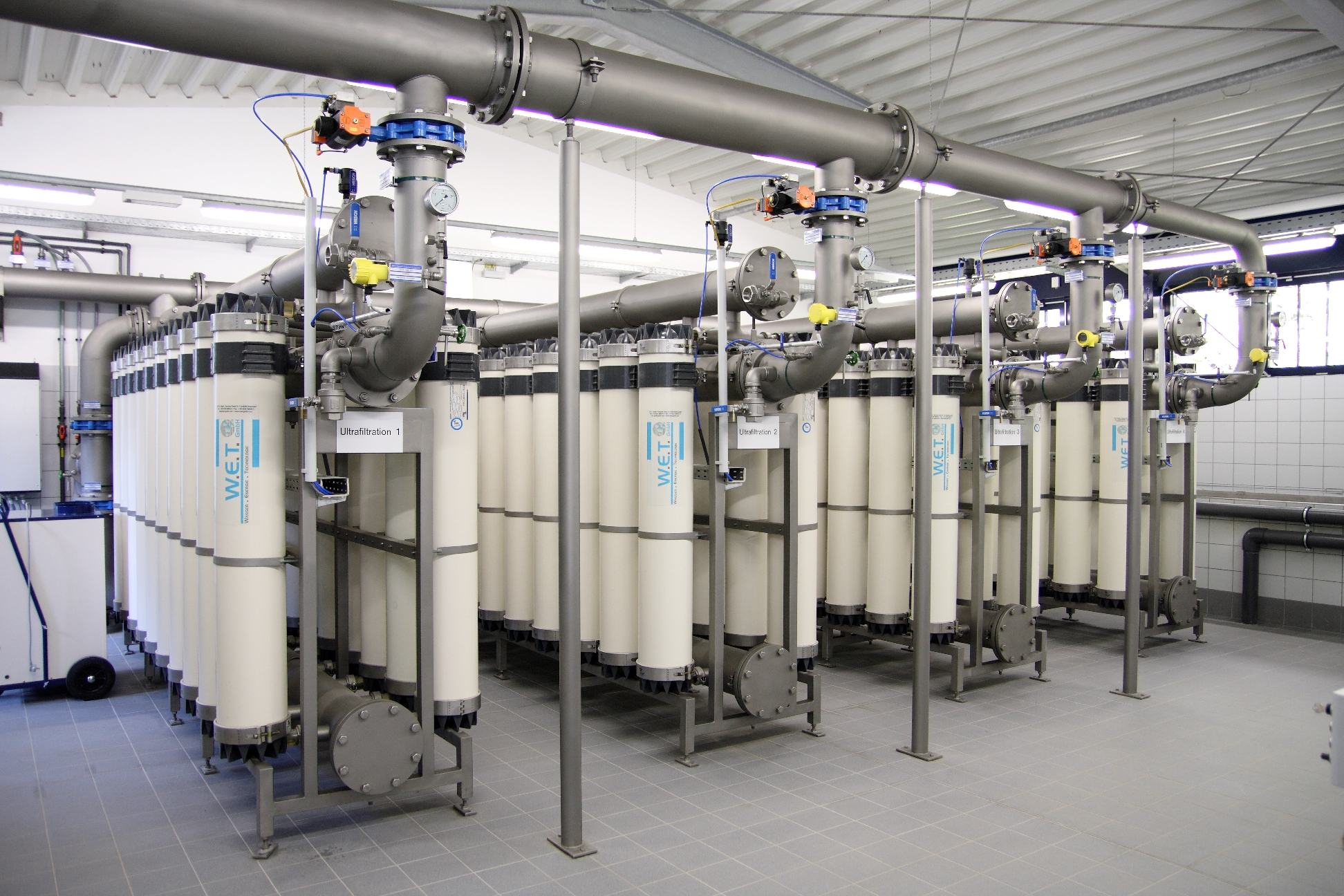
Membrane-based water treatment is critical for obtaining potable water, for example through wastewater treatment and seawater desalination. However, membrane fouling remains a common undesirable phenomenon affecting all membrane-based separation processes. Various efforts have been made to either directly control biofouling or to prevent it.
Ceramic membranes have better thermal and chemical stability along with higher fouling resistance and longer lifetimes when compared to polymeric membranes. These properties render ceramic membranes superior to polymers.
During the filtration process, the amount of water that can pass through a membrane is known as membrane flux. Due to membrane fouling, this flux is reduced and the affected membrane needs to be refurbished. Different membrane cleaning strategies have been researched including self-cleaning conductive polymeric membrane and electrically-assisted filtration but neither of them has shown a satisfactory flux recovery behavior.
Previous researches have suggested the use of ‘nano zeolite’ and carbon nanostructures for water treatment and desalination applications.
- Zeolites are crystalline aluminosilicates possessing a well-defined inorganic structure, whose microporous 3-D channels and pores act as filters.
- Carbon nanostructures consist of highly entangled carbon nanotubes which are made through a standardized chemical vapor deposition method.
To investigate the use of ceramic membranes made from nano zeolite and carbon nanostructures, a group of researchers at the New York University Abu Dhabi, United Arab Emirates, developed a new electro-ceramic membrane and evaluated its antifouling performance. Their research findings were published in the Chemical Engineering Journal.
Research Approach:
Zeolite / CNS membrane preparation:
Nano zeolite-Y (nano-Y) membranes were prepared by dispersing the desired amounts of nano-Y, carbon nanostructures, and polyvinylidene fluoride (PVDF) binder in a water-alcohol solution.
The suspension was vacuum filtered through a microfiltration membrane filter and the membrane was peeled off from it before drying it at room temperature.
Three different ratios of zeolite and carbon nanostructures were prepared initially, with 60, 70, and 80 wt% zeolite. The carbon nanostructures and the binder were prepared at a ratio of 1:1.
Membrane characterization:
The electrical conductivity and mechanical properties of the dried membranes were investigated.
The surface morphology of the zeolite carbon nanostructure membrane was studied through scanning electron microscopy and transmission electron microscopy.
Other tests including the membrane contact angle test were also performed on the different labeled membranes.
Membrane cleaning setup and antibacterial assessment:
Two foulants, yeast (200 mg / L) and sodium alginate (30 mg / L) were used as biofoulants.
A custom-made cell was designed and a fresh membrane was used for each electrochemical measurement performed using linear sweep voltammetry.
Antibacterial properties of the nano-Y carbon nanostructure membranes were determined by the disk diffusion method. Different bacteria were cultured overnight at 37°C in a shaking incubator at 100 rpm.
Results:
Membrane cross-sections showed a uniform distribution of nano-zeolite particles with the carbon nanostructure. Decreasing tensile strength was seen interpreted as successful nano zeolite incorporation. These values changed from 3.3 MPa to 2.1, 1.1 or 0.3 MPa, respectively for 60, 70 and 80 weight% nano-Y. In addition, a decrease in water contact angle from 84.7±2° to 18±4° was demonstrated within 4 min.
The composite membrane demonstrated enhanced electrocatalytic activity for hydrogen evolution in two foulants; yeast and sodium alginate.
These MF electro-ceramic self-cleaning, anti-bacterial membranes seem promising for various separation processes such as in wastewater treatment, dye separation and oil / water separation where fouling and bacterial growth are a major concern.
(Photo: WET GmbH, Attribution, via Wikimedia Commons)
Reference: https://doi.org/10.1016/j.cej.2020.128395 Electro-ceramic self-cleaning membranes for biofouling control and prevention in water treatment, Chemical Engineering Journal, Volume 415, 2021




